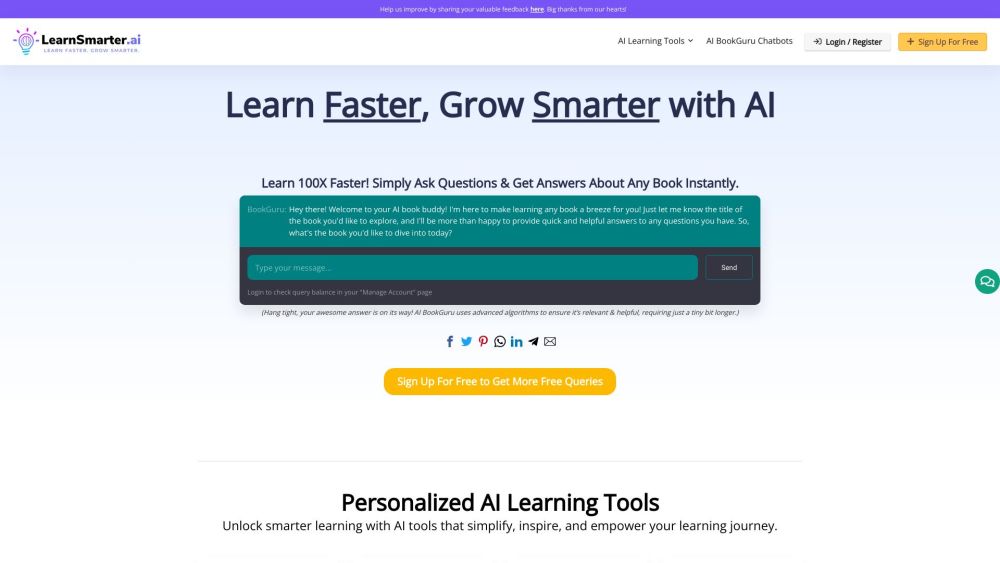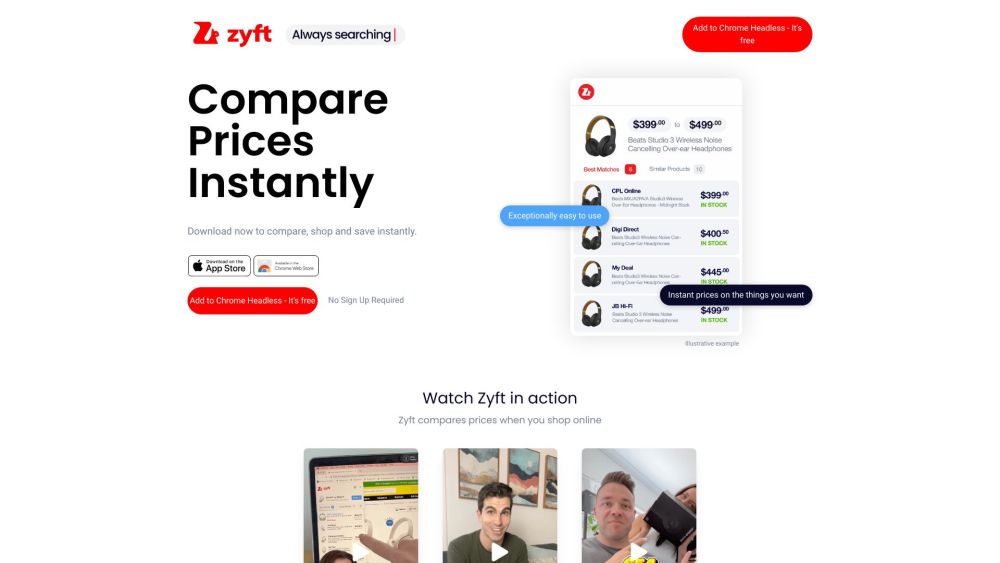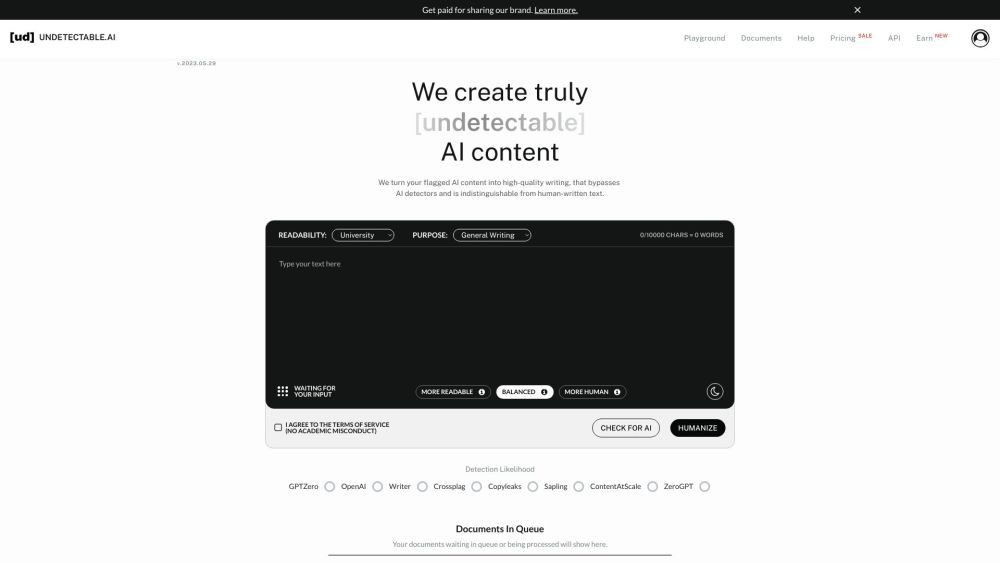Generative AI has become a hot topic in the robotics sector, with numerous discussions around how to leverage these emerging technologies effectively. During a recent visit to Nvidia's South Bay headquarters, I spoke with Deepu Talla, Nvidia's Vice President and General Manager of Embedded & Edge Computing, about the impact of generative AI.
"The results speak for themselves. We’re already witnessing improvements in productivity," Talla shared. "For instance, it can draft an email for me. While it's not perfect, it eliminates the need to start from scratch, providing me with about 70% of what I need. There are clear advancements that surpass previous capabilities. While summarizing isn't flawless—I'm not ready to let it handle summaries for me—it’s evident that productivity is on the rise."
Interestingly, Nvidia was just weeks away from revealing its related news. The announcement at ROSCon coincided with the launch of several significant updates to its robotics offerings, including the general release of Nvidia Isaac ROS 2.0 and Nvidia Isaac Sim 2023.
These platforms are integrating generative AI, signaling a promising shift for roboticists. Nvidia reports that around 1.2 million developers have engaged with its AI and Jetson platforms, including high-profile clients like AWS, Cisco, and John Deere.
A noteworthy highlight is the Jetson Generative AI Lab, which offers developers access to open-source large language models. According to Nvidia:
"The NVIDIA Jetson Generative AI Lab equips developers with optimized tools and tutorials for deploying open-source LLMs, along with diffusion models for generating impressive images. Additionally, it features vision language models (VLMs) and vision transformers (ViTs) that merge vision AI with natural language processing to enhance understanding of various scenes."
These advanced models can significantly aid systems in determining actions in unpredictable scenarios that fall outside of their training, as traditional simulations have limitations. While environments like warehouses and factory floors are more structured than highways, they still present countless variables. The goal is to adapt in real-time while providing a more intuitive natural language interface.
"Generative AI will revolutionize AI deployments at the edge by offering better generalization, ease of use, and improved accuracy,” Talla emphasized in a statement regarding the news. "This unprecedented software expansion of our Metropolis and Isaac frameworks on Jetson, enhanced by transformer models and generative AI, meets the demands of the industry."
The latest platform updates also include advancements in perception and simulation, further solidifying Nvidia's role in the robotics landscape.




